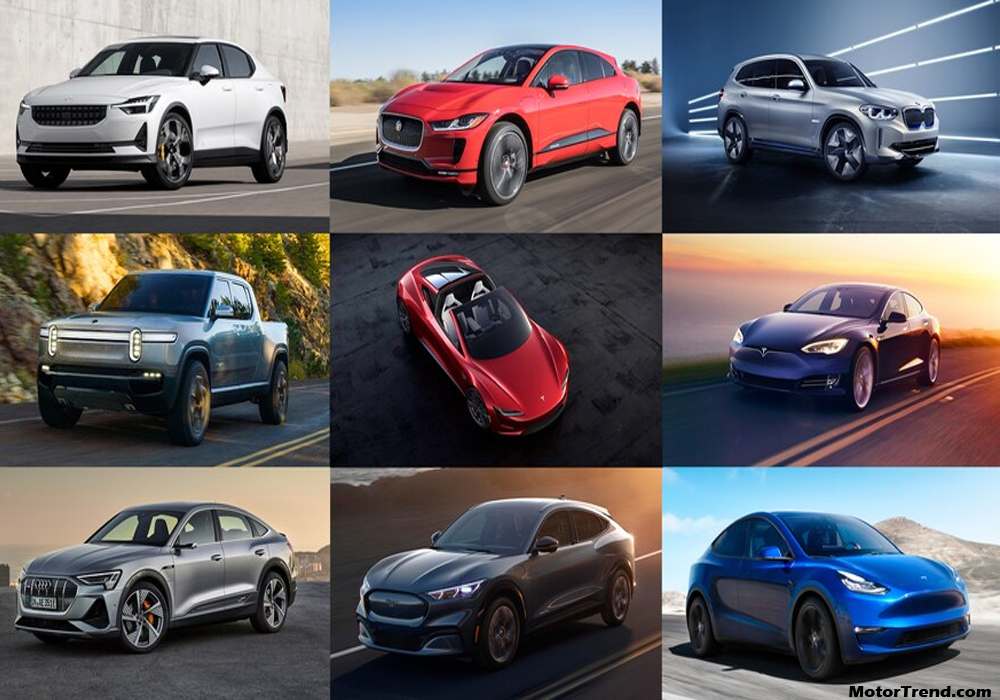The art selling of electric cars
Taking into consideration the actual market situation, it’s going to still take time for electric cars to substantially influence the mobility landscape. Nevertheless, auto producers and sellers are already doing their best to get involved in e-mobility. Why? To manage to lead the development within the sector of course. And to manage to take credit correctly.
But car traders must understand that it’s important to improve their approach it they wish to sell electric cars. This article will assist you to understand just how significant the gap is, between a good e-mobility approach and today’s conventional car sales process.
Electric mobility: leasing, buying, and car sharing
This year, consulting firm Oliver Wyman released a report on electric mobility that could be ground-breaking for the sales tricks of car traders. The firm insists that rather than just selling your vehicle, it should also turn into a priority to bolster the infrastructure and operations management. And they would be right.
E-mobility differs from the others from traditional car sales because, among other things, private charging systems and public charging stations are also typical of the equation. And as this infrastructure costs money, it may scare off customers of electric cars. That is why these items should be offered in different forms: buying, renting, and leasing.
For instance, an automobile trader could sell an electric vehicle with a battery or create a leasing agreement. As I previously mentioned, purchasing electric cars is still very costly along with a technically sophisticated battery can be dangerous for your customer. Too high of your risk. Therefore, a monthly allowance for the battery bundled using power, as an example, is smart. That way whatever affects it is about the producer.
E-mobility requires new partnerships
For electric cars, different agreements on the power supply and charging stations could be combined, to steer to full-service solutions in which all relevant areas are addressed by a lease rate. To tie each one of these packages together, car traders will be needing e-mobility partnerships with power companies, company management specialists, or fleet operators.
Emerging car-sharing concepts for example ‘Car 2 Go’, available from Daimler, or BMW and Sixt, who offer ‘Drive Now’, are formulas that are specially generated for electric cars. Because these zero-emission vehicles are most suited to short trips, a vehicle-sharing model is perfect!
According to Oliver Wyman, already 76 of those partnerships were announced in Europe, 43 in the Asia-Pacific region, and 30 inside the U.S. The main reasons for high figures in Europe is the pressure to lessen emissions, the high rate of innovation in e-mobility along with the high awareness of the positive influence on brand image.
How to find the best e-mobility partnerships?
Since the state is generally necessary for the expansion of e-mobility infrastructure, governments are the most common partners. However, the entire sector is still in its development phase, much like the partnerships.
Because the e-mobility can be so new, it remains unclear which sales, leasing, or rental solutions are best for who, and which partners are the most appropriate. Long-term relationships have not been built yet. At the moment traders are employing a shot and error method to find partners. It will probably require several years along with the introduction of more electric vehicles out there before it will be known which solutions meet customer needs most effectively.
This experimental phase is regarded as vital by Oliver Wyman. Because car traders need to think up a definite strategy and build partnerships determined by their clients along with their region. Why is that extremely important? Because now, consumers still take some convincing. Switching to electric cars is a wide step, not simply financially but mentally. That is why we, as car traders have to work on giving them information along with the easiest solutions. Lowering barriers is key.





